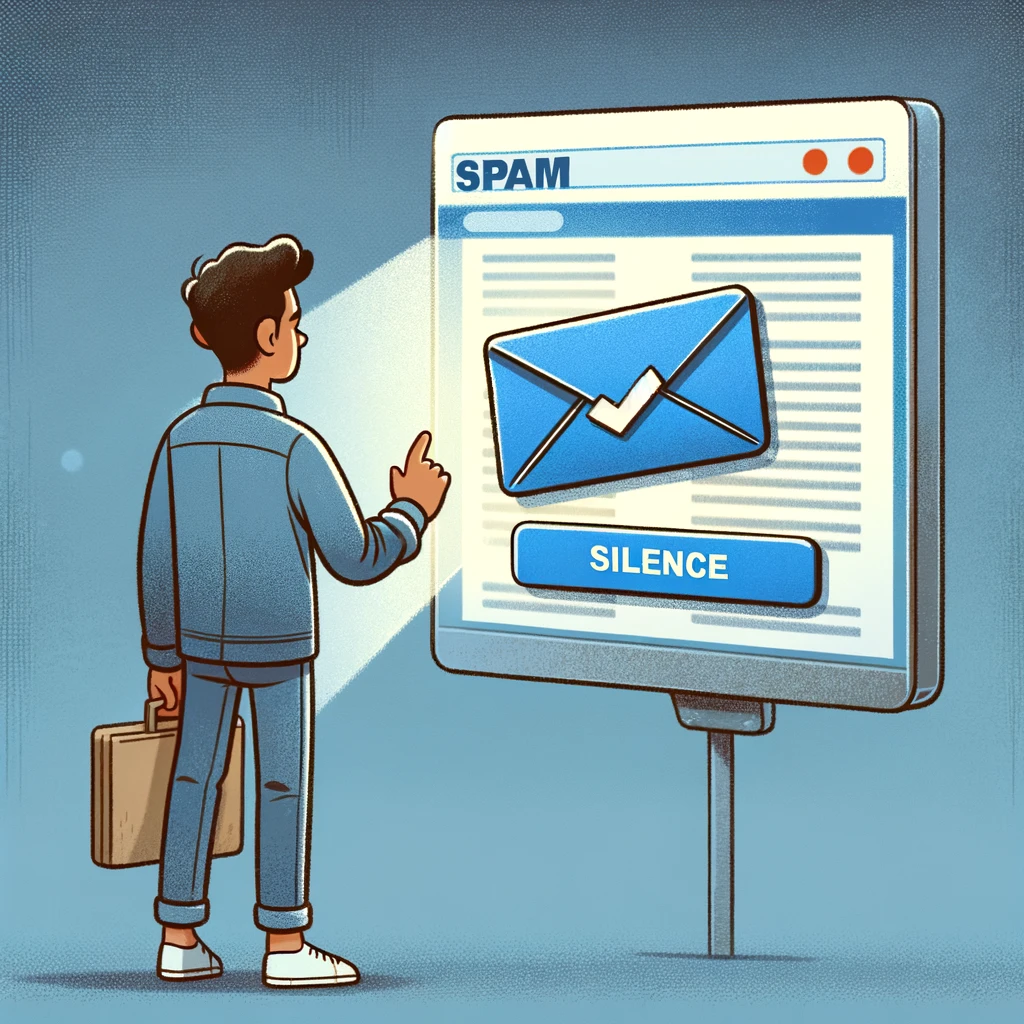Effective email marketing strategies hinge on crafting compelling messages and timing those messages to maximize engagement and response rates. Follow-up emails are a critical component of any marketing campaign, nurturing leads, providing additional information, and ultimately driving conversions. By determining the best timing for these emails, you can significantly influence their effectiveness.

Read on to learn the best timing for sending follow-up emails in your marketing campaign.
Understanding the Role of Timing in Follow-Up Emails
The timing of follow-up emails can vary significantly depending on the nature of the campaign, the audience’s behavior, and the marketer’s specific goals. A well-timed follow-up email can keep the communication momentum going and ensure that your message remains at the top of your mind. Conversely, poorly timed follow-ups can lead to decreased engagement and even unsubscribes.
Because of this, it’s crucial to strike the right balance in frequency and timing. Too many emails can overwhelm recipients, while too few can cause them to lose interest. So, if you want more insights on the right amount of follow up emails, you can consider using analytical tools and response rates to optimize your strategies.
Key Factors Influencing the Timing of Follow-Up Emails
Determining the optimal timing for follow-up emails is crucial in enhancing engagement and effectiveness in email marketing. Various factors can help you strategically schedule your emails for better open rates, engagement, and overall campaign success. These factors include:
Audience Interaction and Feedback
The initial response from your audience can provide vital clues about the best times to send follow-up emails. Metrics such as open rates, click-through rates, and conversion rates from the first email can inform the timing of subsequent ones. For example, if the initial email garners a high open rate in the evenings, scheduling follow-up emails around the same time might be beneficial.
Type of Content and Urgency
The content and purpose of your follow-up email also dictate its timing. Immediacy is key for transactional emails, such as those confirming a purchase or providing shipping details. For educational content, such as tutorials or industry insights, timing can be more flexible but should still aim to optimize engagement.
Industry Standards and Practices
Different industries may see different optimal times for sending emails. B2B companies, for example, might find better engagement during business hours, whereas B2C retailers might see better results during evenings and weekends when consumers are more likely to be online shopping.
Best Practices for Timing Follow-Up Emails
Timing follow-up emails effectively is essential for maximizing engagement and achieving marketing goals. Below are some best practices that ensure each follow-up is timely and relevant:
Immediate Follow-Ups: Transactional Emails
Transactional emails such as order confirmations, shipping notifications, or appointment reminders are pivotal in maintaining customer transparency and trust. Sending these emails immediately after a customer action helps ensure that the information is fresh and relevant, reinforcing the reliability of your service. This immediacy confirms that an action has been successfully processed and opens the door for quick resolution of potential issues.
As these emails are often expected by customers, prompt delivery can significantly enhance customer satisfaction and foster loyalty, establishing a seamless communication loop that enhances the overall customer experience.
Educational and Nurturing Follow-Ups
In educational and nurturing emails, timing should be meticulously planned based on how recipients interact with previous communications. If an initial email about a new product feature garners interest, a follow-up providing deeper insights or practical tips should ideally be sent several days later, capitalizing on that initial curiosity. This strategy keeps the dialogue relevant and engaging, guiding the recipient through a learning curve at a comfortable pace.
Additionally, monitoring engagement metrics such as open and click-through rates to tailor the content and timing is crucial, thus nurturing the lead effectively towards conversion.
Re-engagement Emails
Re-engagement emails aim to recapture the attention of subscribers who have become less active over time. The challenge lies in timing these emails to rekindle interest without seeming too frequent or desperate. A strategic pause is necessary—often several weeks or months—after the last engagement to allow enough space for the email to be welcomed as a fresh interaction.
By analyzing the subscriber’s previous engagement patterns, you can gain insights into the most effective timing and content that might encourage them to reconnect. This approach should be carefully calibrated to balance reigniting interest and respecting the subscriber’s inbox.
Utilizing Automation and AI to Optimize Timing
Leveraging automation and artificial intelligence can significantly enhance the precision and effectiveness of timing follow-up emails. Automation tools can schedule emails based on specific user actions or milestones, ensuring messages are delivered at the most impactful moments. For instance, a follow-up email could be triggered by a user browsing a product page but abandoning their cart.
Meanwhile, AI can analyze vast amounts of data to predict optimal sending times for individual recipients based on their unique engagement habits. This personalized approach improves the chances of email engagement and helps segment the audience more effectively, tailoring messages to fit the diverse preferences and behaviors of different user groups.
Conclusion
The best time to send follow-up emails in your marketing campaign depends on many factors, including audience behavior, content type, and industry norms. By carefully analyzing these factors and applying best practices, you can significantly improve the effectiveness of your email campaigns. This strategic approach can help enhance engagement and drive conversions, making timing a critical element of successful email marketing.
